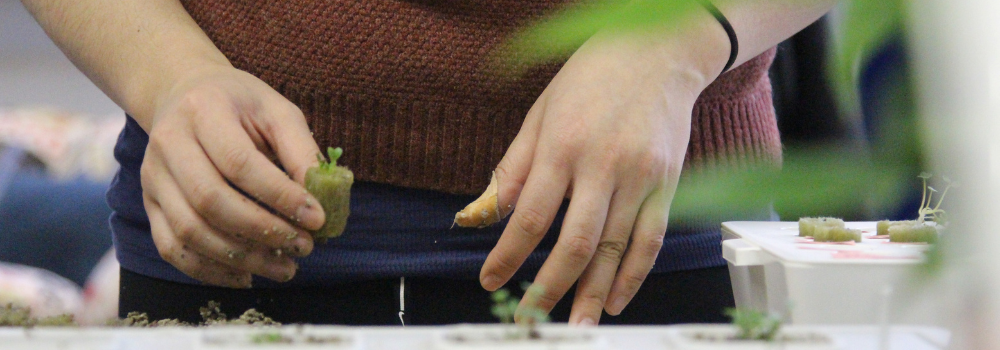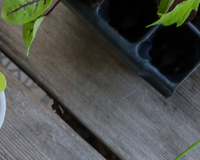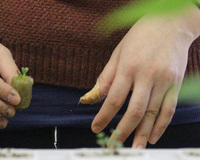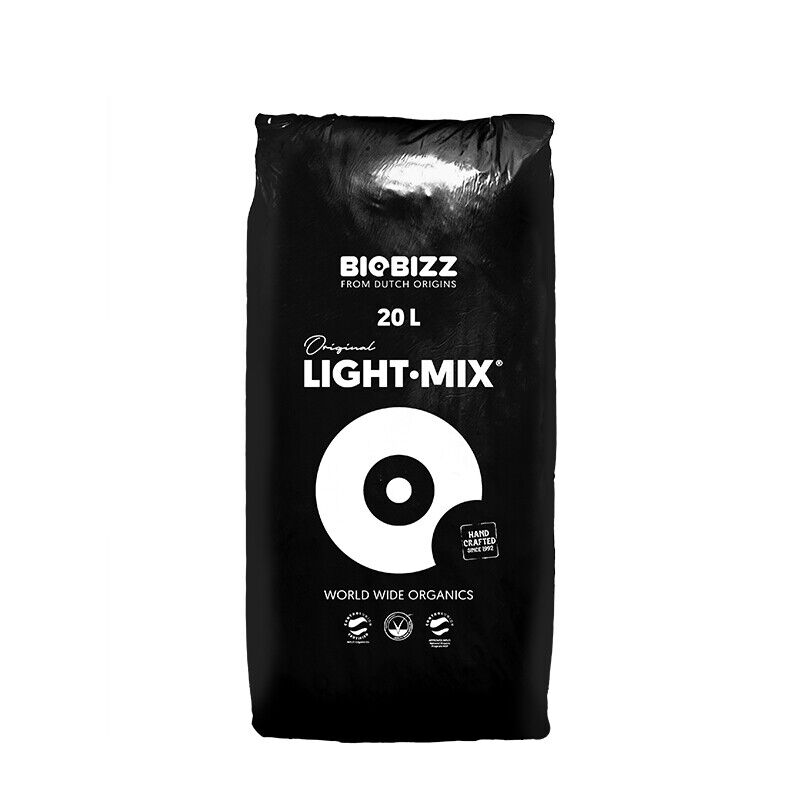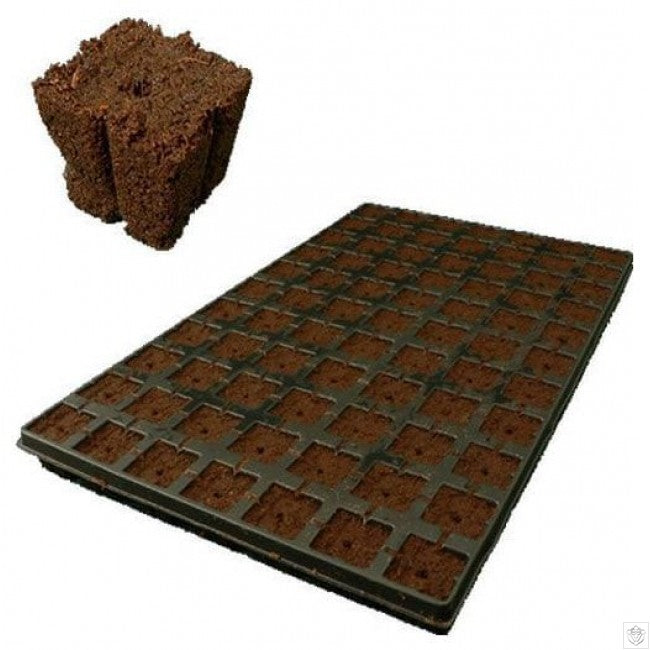If you've always wanted to try indoor gardening but don't have access to a traditional outdoor space or fertile soil, hydroponics offers an exciting alternative. Hydroponics is a soil-less gardening method that allows you to grow plants indoors using nutrient-rich water. In this beginner's guide, we will walk you through the steps to get started with hydroponic indoor gardening and help you create a thriving and productive garden.
1. Understand Hydroponics:
Before diving into hydroponics, it's important to grasp the basics. Hydroponics involves growing plants in a nutrient-rich water solution, providing them with the necessary elements for growth without the use of soil. Instead, plants are supported by inert growing mediums such as rockwool, coco coir, or clay pellets.
2. Choose a Hydroponic System:
Selecting the right hydroponic system is crucial. Common options include deep water culture, nutrient film technique, and ebb and flow systems. Consider factors such as available space, the number of plants you want to grow, and your budget. Research each system and choose one that suits your needs and resources.
3. Set Up Your Indoor Garden:
Find a suitable location for your indoor garden. Ensure it receives adequate light or install appropriate grow lights to mimic sunlight. Prepare the area by setting up your hydroponic system, placing the reservoir, and arranging the grow trays or containers. Consider factors like accessibility, ventilation, and proximity to water and electricity sources.
4. Choose Your Plants:
Decide which plants you want to grow in your hydroponic garden. Some popular options for beginners include herbs like basil, mint, or parsley, leafy greens like lettuce or spinach, and compact vegetables like cherry tomatoes or peppers. Research the specific requirements of your chosen plants, including temperature, pH, and nutrient needs.
5. Prepare the Nutrient Solution:
Mixing the nutrient solution is a crucial step in hydroponics. Follow the instructions provided by the manufacturer to create a well-balanced solution. Start with a pre-mixed nutrient solution or opt for individual nutrient components to customize the mixture. Monitor and adjust the pH and nutrient strength as needed.
6. Planting and Transplanting:
Once your hydroponic system is set up and the nutrient solution is prepared, it's time to plant your seeds or seedlings. Follow the guidelines for each plant variety regarding spacing, depth, and planting techniques. If using seedlings, gently transfer them to the growing medium and ensure the roots are well-covered and supported.
7. Monitor and Maintain:
Regular monitoring is essential to ensure the health and growth of your plants. Keep an eye on factors like pH levels, nutrient strength, temperature, humidity, and lighting conditions. Adjust as needed to maintain optimal growing conditions. Regularly inspect for pests, diseases, or nutrient deficiencies and take appropriate action.
8. Harvest and Enjoy:
As your plants grow, you'll start to see the fruits of your labor. Harvest your plants when they reach the desired size or maturity. Use sharp scissors or pruning shears to avoid damaging the plants. Enjoy the freshness and flavor of your homegrown produce!
9. Learn and Experiment:
Hydroponics is a continuous learning process. Stay curious and expand your knowledge by reading books, joining online forums, or attending workshops. Experiment with different plant varieties, nutrient solutions, or growing techniques to discover what works best for you.
10. Conclusion:
Starting a hydroponic indoor garden is an exciting journey into the world of soil-less gardening. By understanding the basics, choosing the right system, preparing the nutrient solution, and caring for your plants, you can create a successful and fulfilling indoor garden. Embrace the learning process, stay patient, and enjoy the rewards of fresh, homegrown produce throughout the year. Happy hydroponic gardening!

